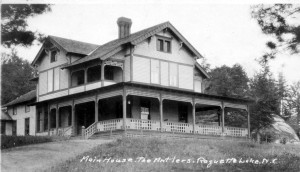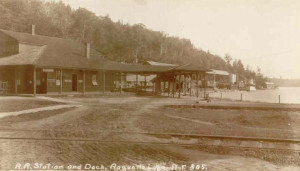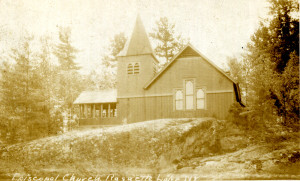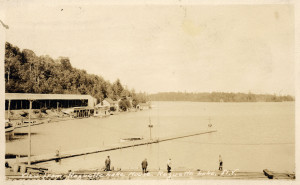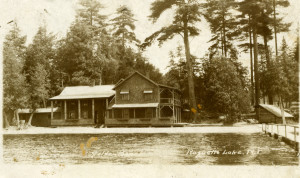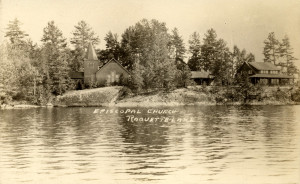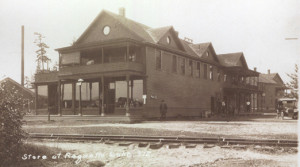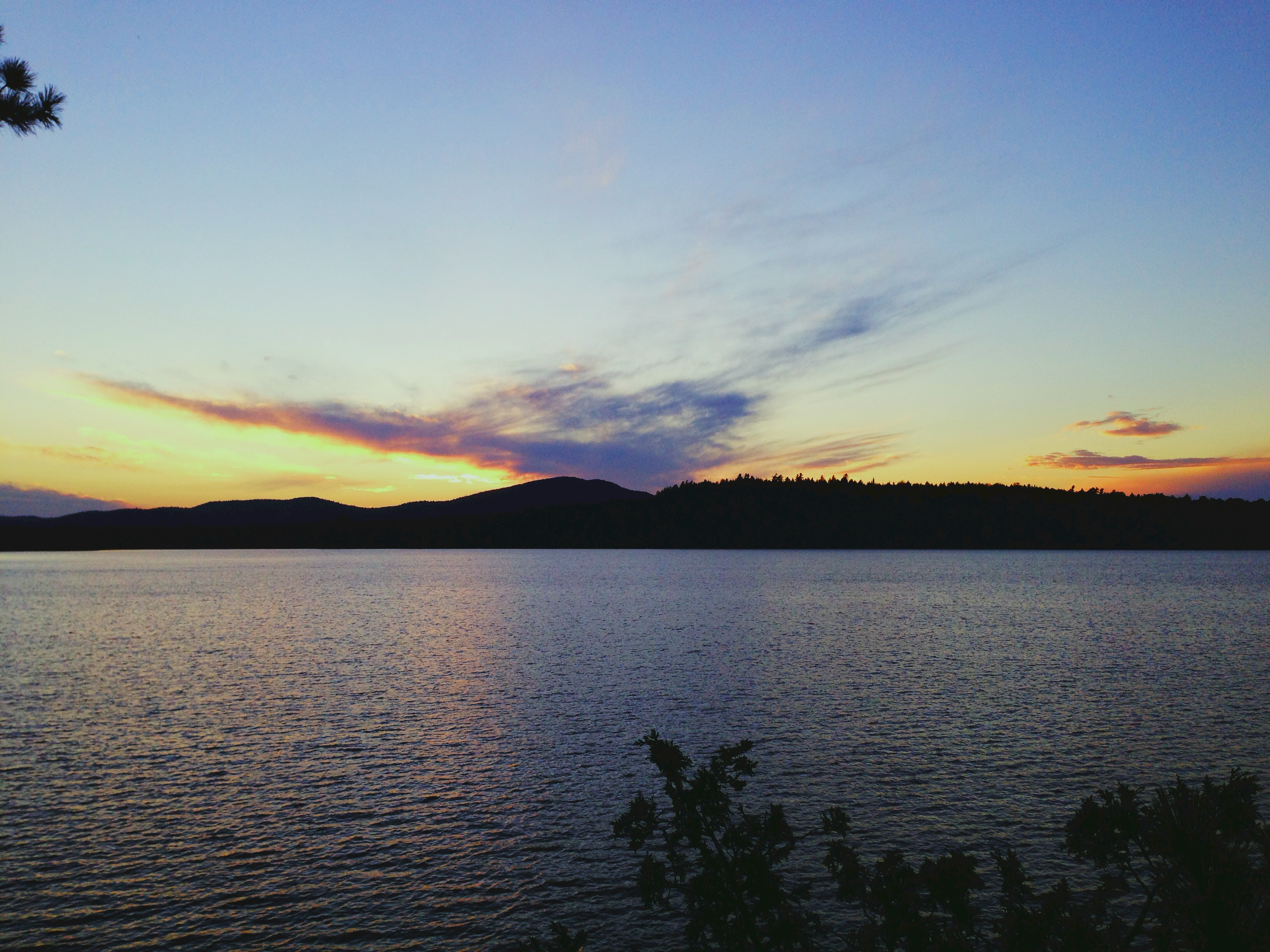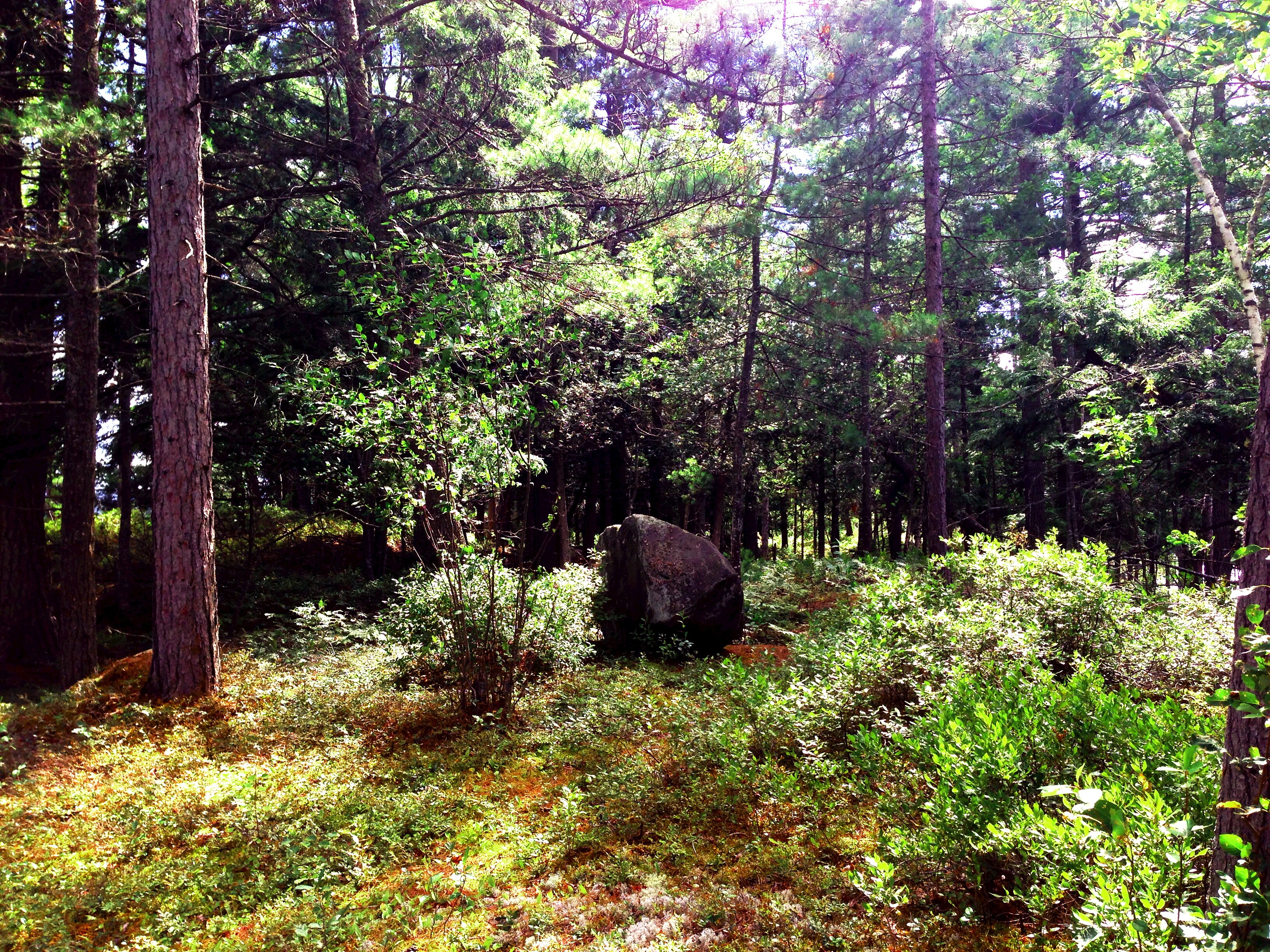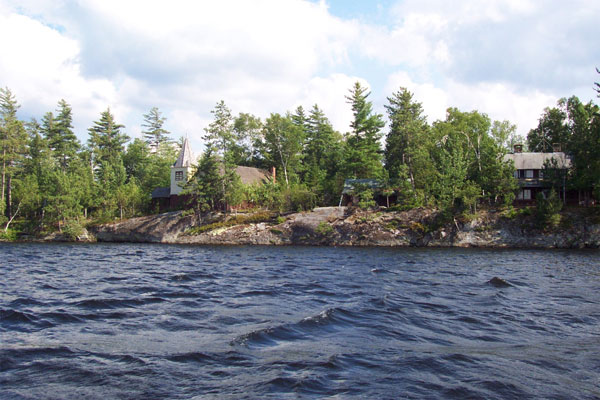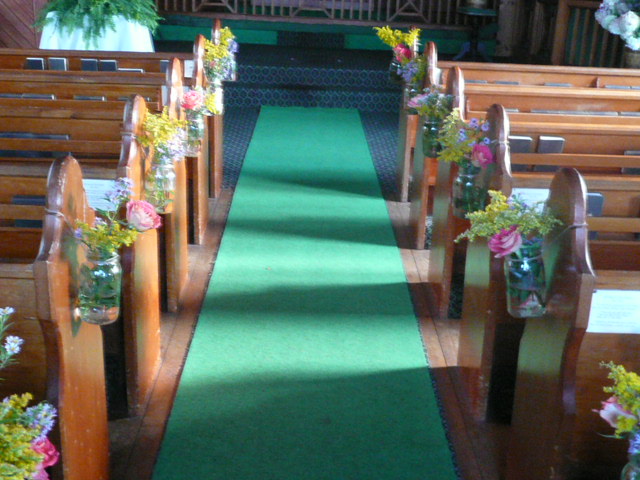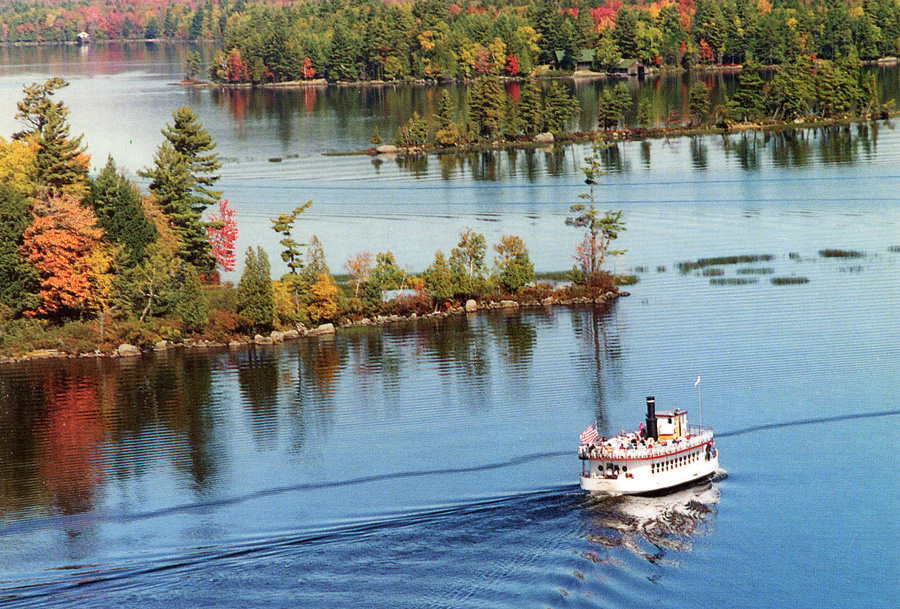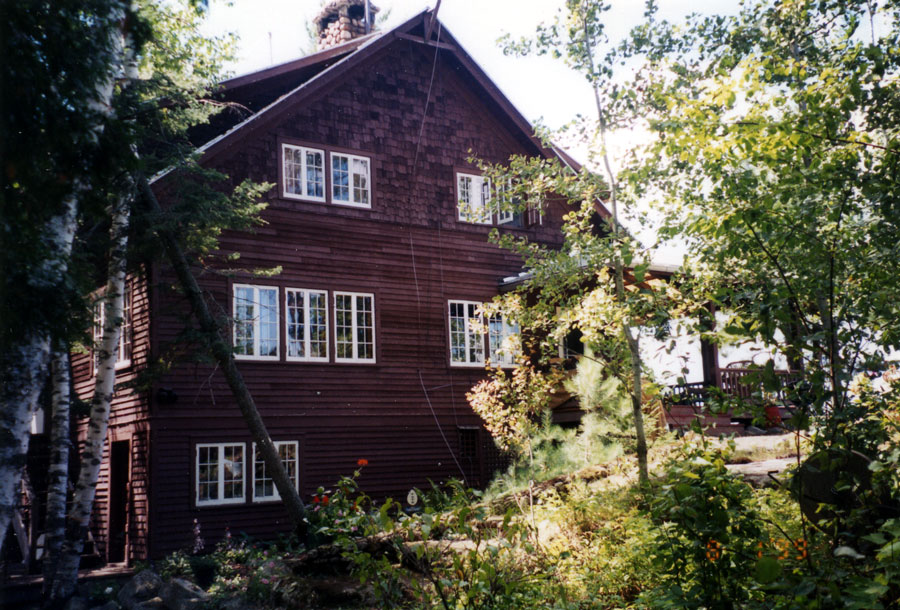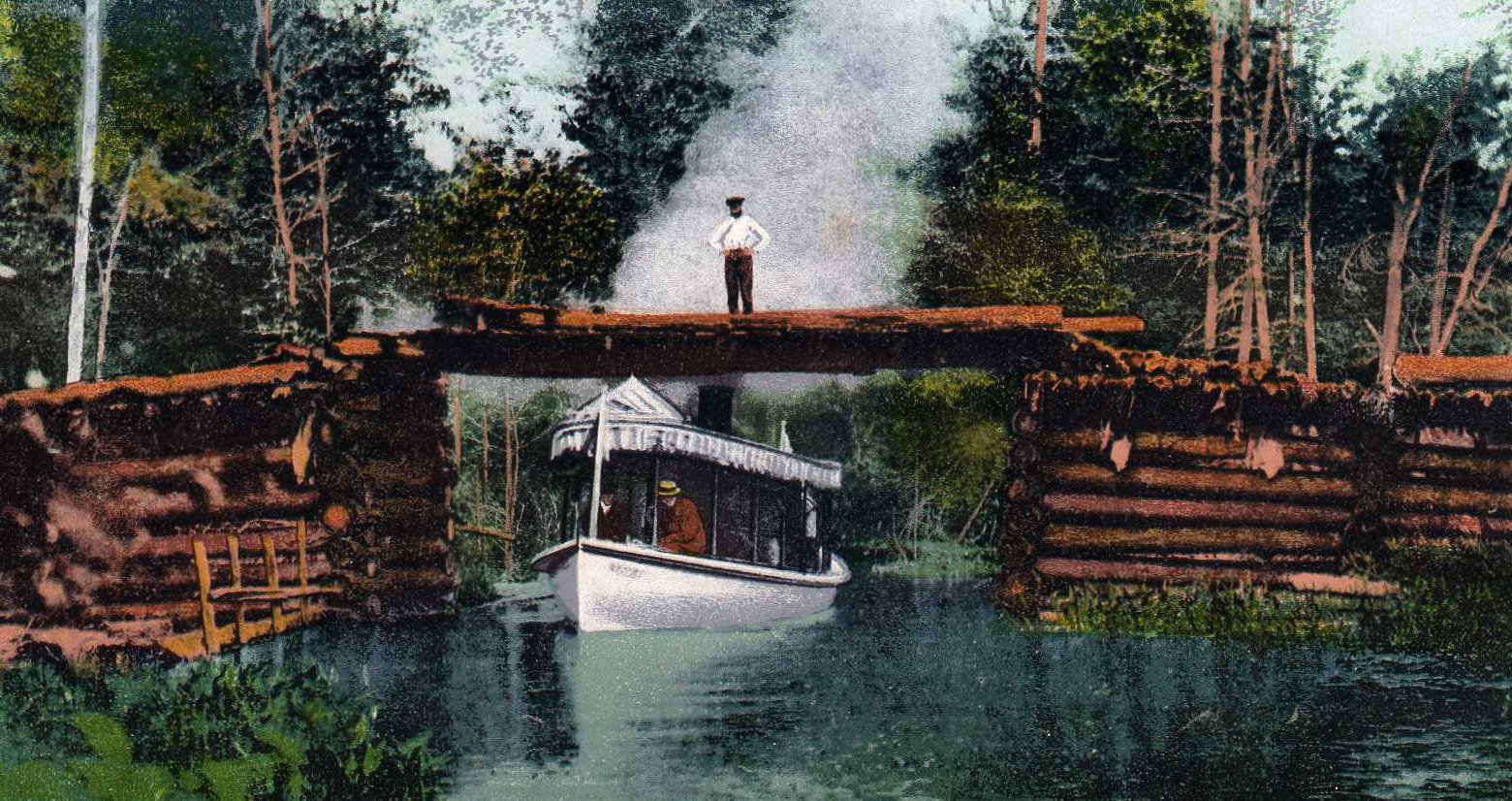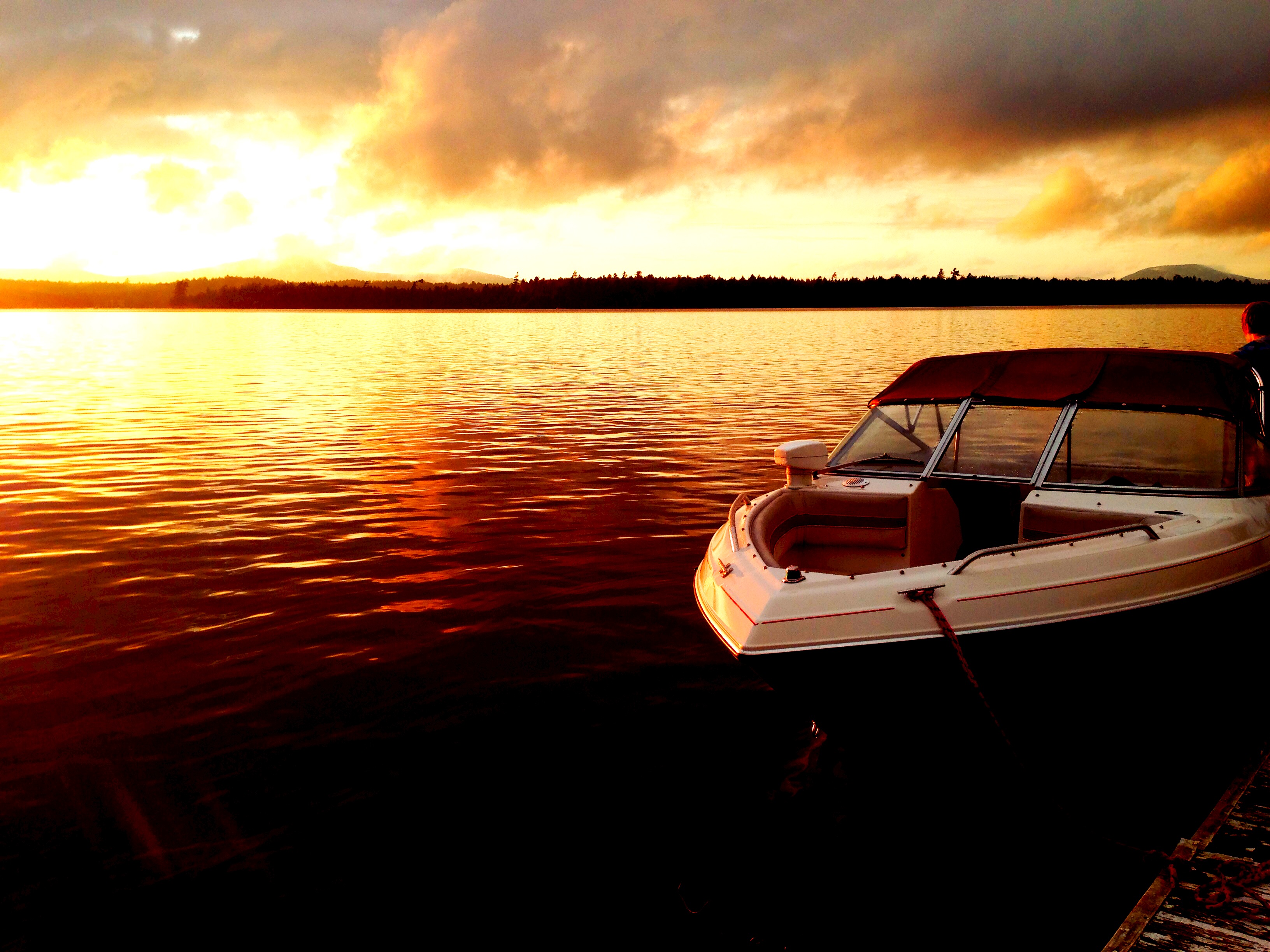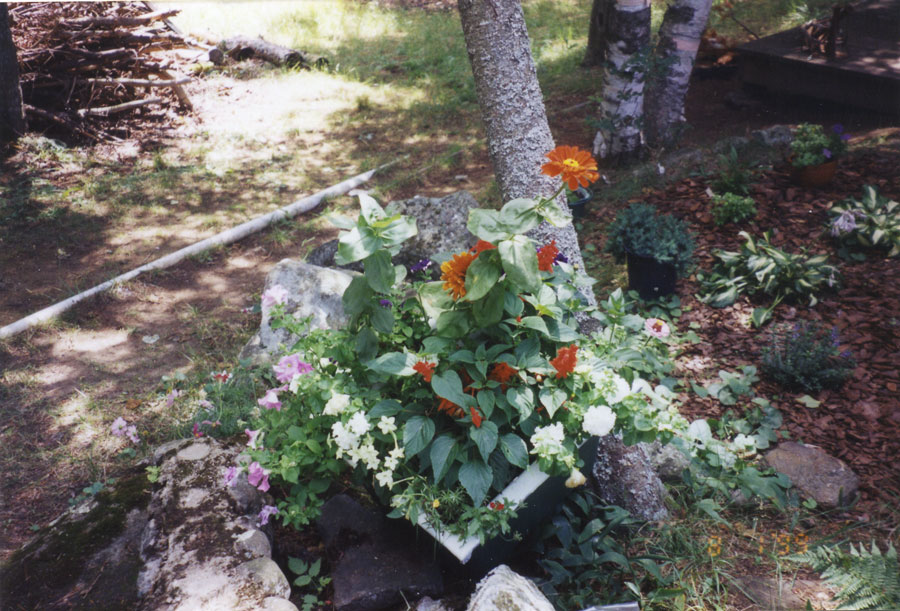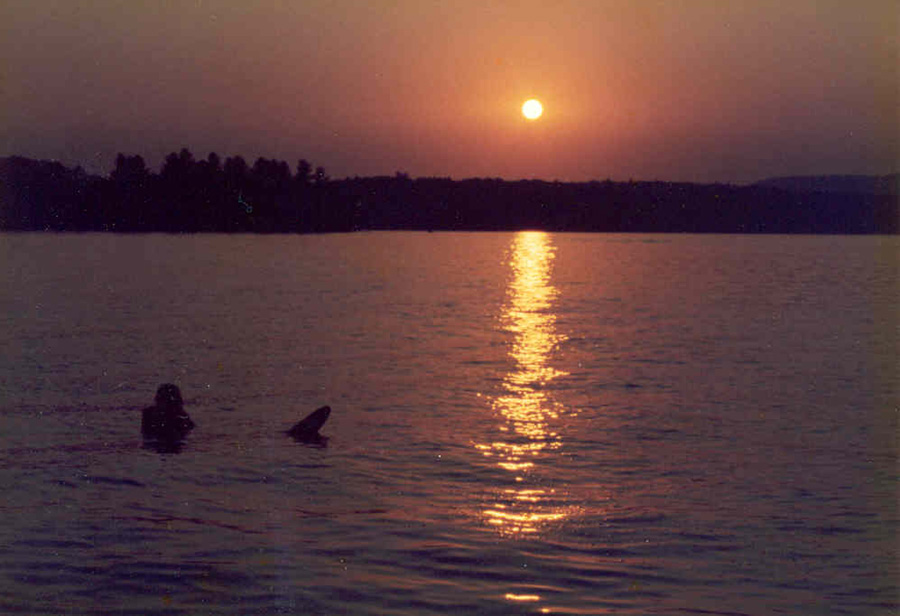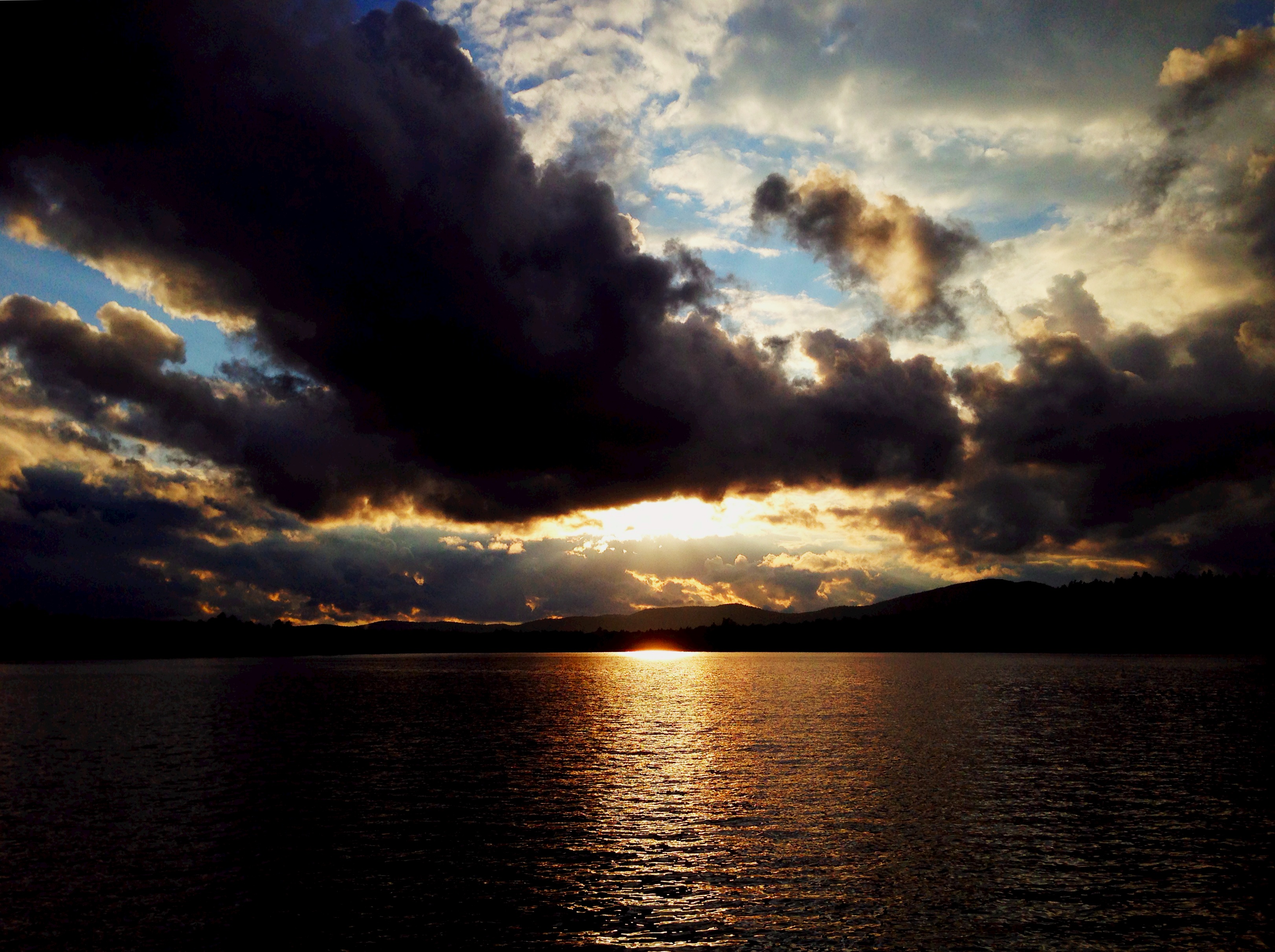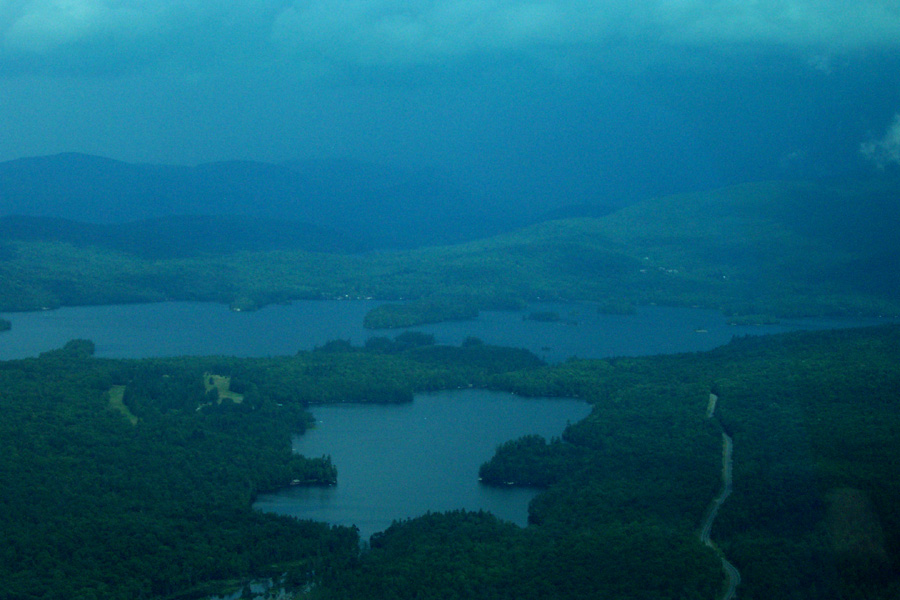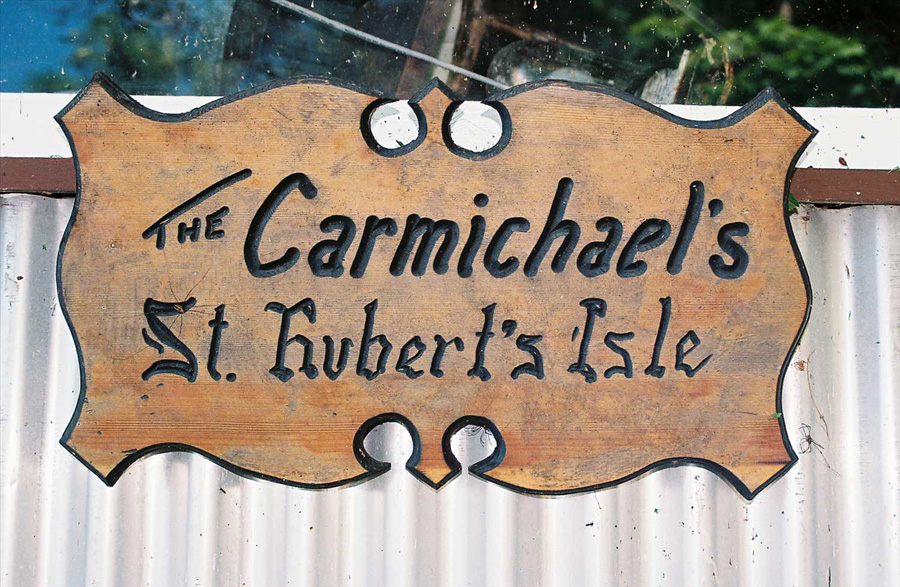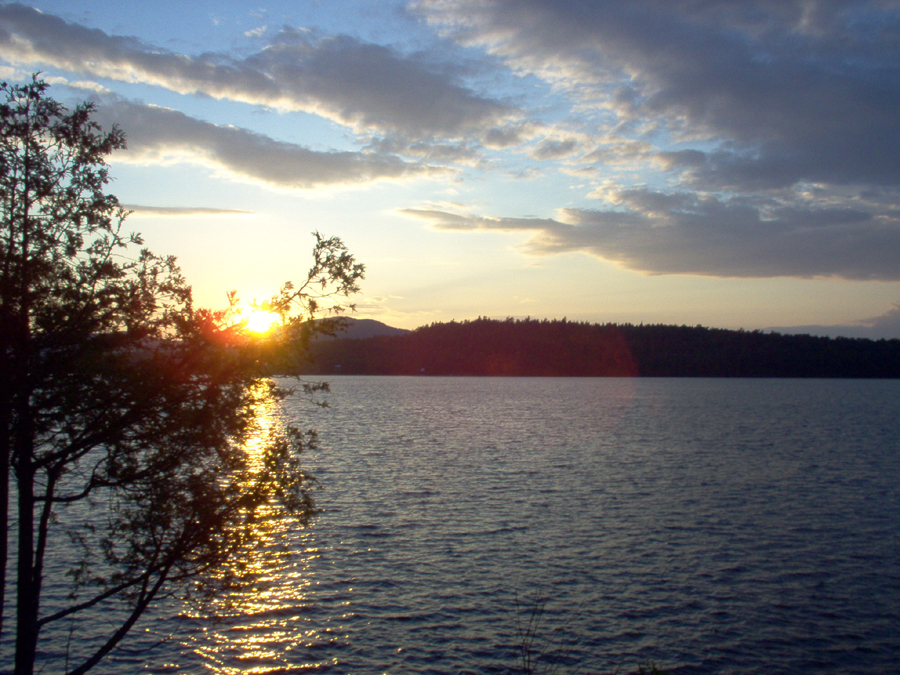Does anyone recognize this photographer? Most of the photos except #3 (perhaps Beach?) appear to have the same printing on the caption. Numbers 4 and 6 seem to have been taken expressly for postcard reproduction.
Please Contact Us if you have any ideas who the photographer may be.
~~~~~~~
Many of you have asked why I started this website, what inspired me. The beginnings came in 1959 from my parents’ excitement after receiving two historical postcards from the late Dr. Warder Cadbury. We had no idea the Church of the Good Shepherd on St. Hubert’s Isle was that well-known.
This was followed by another Warder Cadbury gift from a used bookstore – the 1893 NYS Forest Commission Report that contains a beautiful Stoddard photo of the church.
In 1960 a parishioner from my father’s Albany church gave him an 1885 Edward Bierstadt original print of Camp Fairview on neighboring Osprey Island. Soon after Dad found three copies of Bierstadt photos in the rectory study. I don’t think he ever realised how significant they are.
In 1962 William Wessels, warden of Dad’s Blue Mountain church and a founder of the Adirondack Museum, published an article about the Mandarin, Florida, church that was built using Good Shepherd’s plans. And in 1968 Dad wrote his own short sketch of the history of Raquette Lake, with the help of the former minister’s granddaughter, Mary Brown-Serman Walke Kirby, used as the nucleus of our web site.
Soon after, a former college boarder of my Mother’s saw the 1881 Ehninger oil painting of our church for sale in a New York City art gallery. The gallery gave us first option on the painting for $3,000 – but in 1968 that was one-third of my father’s annual salary! The painting ended up at the Adirondack Museum in Blue Mountain Lake.
So when I came up to Raquette Lake in 1995 to help care for Dad before he died, I began taking photographs of many of the historical items around the Island that I thought might interest others.
In 1997 Microsoft issued MS Publisher, with a promise of free web hosting coming soon to all MSN subscribers. I set to work, wanting to share all of our history – but the free hosting didn’t appear until 1999! And ended abruptly in 2002 after being sold to another company. Luckily I had a copy of the site on my computer. [Many other subscribers lost everything, including a prize-winning photographer whose only copies of his work – 500 – were on-line.]
In 2004 one of what I thought would be the final step was finding a postcard of our island group on the Internet, which eventually led to eBay and the discovery of much more memorabilia including a rare 1900 photo of the original rectory in a D&H railway brochure.
That same year the Adirondack Architectural Heritage (AARCH) sent me a photocopy of the 1897 issue of the Architectural Record with an article on the works of the Cady, Berg & See containing three photos of the 1880 “Church in the Adirondacks.”
Through the former curator of the Stoddard collection at the Chapman Museum in Glens Falls, we determined the images were commercial photos by Seneca Ray Stoddard. The U of Pennsylvania Fisher Fine Arts Library (where the original magazine is located) used their newest machine to scan the photos.
And finally we discovered the architect of our little summer chapel was the esteemed Josiah Cleveland Cady of New York City. Cady designed our 1880 church in a simple version of the ‘stick style’ so in vogue at the time. And he also designed the 1890 St. William’s on Long Point, just across the bay from our dock, in the ‘shingle style’ which had evolved a decade later.
It has been an exciting and rewarding journey, meeting many new friends willing to share scans and who also care about the preservation of Adirondack history.
And a real thrill to realise the event we studied in school, the Golden Spike Ceremony at Promontory Summit, Utah, was so closely connected to Raquette Lake.
That May 1869 event officially connected our two coasts, celebrating the joining together of the Union Pacific Railroad with the Pacific Central Railroad.
Dr. Thomas Durant, vice-president of the UP, planned the ceremony. He had been handpicked by President Lincoln to lead the eastern leg of the railroad construction starting in Iowa. There has been much criticism of his business practices but others have concluded that the immense project needed someone of Dr. Durant’s disposition to complete such a tough assignment.
With Dr. Durant starting Pine Knot in 1877, his son continuing the construction in 1879 and then selling the property to C.P. Huntington of the Central Pacific Railroad in 1895, both gentlemen who built the transcontinental railroad were connected to Raquette Lake. To me, this truly was history “coming alive.”
Fay Carmichael
29 June 2007
